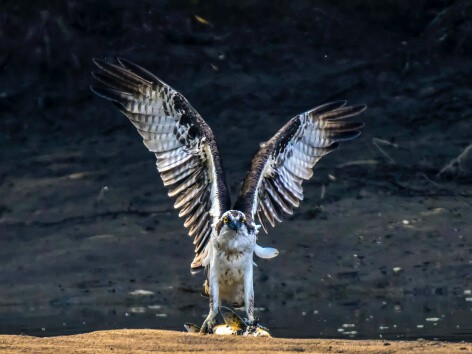Dhaulagiri Circuit camping Trek explores a wild, remote and rough track area. Dhaulagiri Camping trekking is less visited adventurous trekking in Nepal. This trekking needs experienced trekking guide and porters with full of organized plan for trekking. The route is best for adventure seekers.
Camping trekking around the Mount Dhaulagiri offers rear views of Himalayas and beautiful geographical landscape. The trekking route is dangerous and might missed the trekking routes.
Highlight of Dhaulagiri Circuit champing Trek
- Explores a wild, remote and rough track area of the Nepal Himalaya.
- Beautiful Gurung villages with terraced fields framed by views of the Dhaulagiri massif.
- Camping accommodation either on a glacier or on snow.
- Stunning Dhaulagiri Mountain.
Overview
Dhaulagiri Circuit camping Trek explores a wild, remote and rough track area of the Nepal Himalaya. The trek has the classic start down in the farming villages of the Himalayan foothills – terraced hillsides and children everywhere and climbs through a series of climate zones into an increasingly empty landscapes as remote and wild as it is beautiful. Dhaulagiri ranked 7th highest mountain in the world. Dhaulagiri Circuit camping Trekking was first discovered by the 1950 by a French expedition team that climbed Annapurna I, and provides dazzling views of the whole Dhaulagiri range. Dhaulagiri round Trek is predominantly attractive to people drawn to a high mountain and wilderness, and requires an excellent physical condition and basic mountaineering skills.
Dhaulagiri is a real adventure trekking. Dhaulagiri is a harsh trekking despite the fact that the days are not that long, you have two accommodation days and you only spend two nights above 5000m. Unlike treks around Everest and the Khumbu valley you are camping all the way and don’t have the option of getting warmed up in a teahouse. It is cold, mainly at night and for five days you are sleeping either on a glacier or on snow. Therefore, this camping trek is needed to organize a full board of camping with necessary guide, cook and porters for the Dhaulagiri circuit trek. Trekking staffs will carry all the necessary goods and prepare healthy meals during the trek, the accommodation in tented camping.
Round Dhaulagiri camping Trek is the combination of altitude and cold that make the trek particularly tiring. It’s worth nothing that this is not a popular trip with the porters and the only way to get them to carry the loads over the French Pass Col is to pay them more money. Dhaulagiri Circuit camping Trek starts at Beni and then follows the Myagdi Khola River passing through beautiful Gurung villages with terraced fields framed by views of the Dhaulagiri massif.
Outline Itinerary
| Day | Program | Elevation |
|---|---|---|
| 1 | Arrival to TIA airport. Pick up from there then check in to hotel in Kathmandu Upon arrival in Kathmandu. | 1440m |
| 2 | Drive to Beni , Duration: 8-9 hrs | 850m |
| 3 | Trek to Babiachor , Duration: 05 hrs | 950m |
| 4 | Trek to Dharapani , Duration: 6 hrs | 1400m |
| 5 | Trek to Muri , Duration: 5 hrs | 1800m |
| 6 | Trek to Boghara , Duration: 6 hrs | 2080m |
| 7 | Trek to Dobang ,Duration: 5 hrs | 2520m |
| 8 | Trek to Choriban Khola, Duration: 5 hrs | 3100m |
| 9 | Trek to Italian Base Camp,Duration: 7 hrs | 3660m |
| 10 | Acclimatization and rest day | |
| 11 | Trek to Glacier Camp ,Duration: 6 hrs | 4210m |
| 12 | Trek to Dhaulagiri Base Camp ,Duration: 7 hrs | 4740m |
| 13 | Acclimatization and Rest Day | |
| 14 | Cross French Pass then trek to Hidden Valley , Duration: 6 hrs | 5360m-5200m |
| 15 | Cross Dhampus Pass , and trek to Yak Kharka ,Duration: 6 hrs | 5200m-3680m |
| 16 | Trek to Jomsom, Duration: 5 hrs | 2710m |
| 17 | Fly to Pokhara, Duration: 20-minutes | 910m |
| 18 | Pokhara to Kathmandu | 1440m |
| 19 | Farewell |





